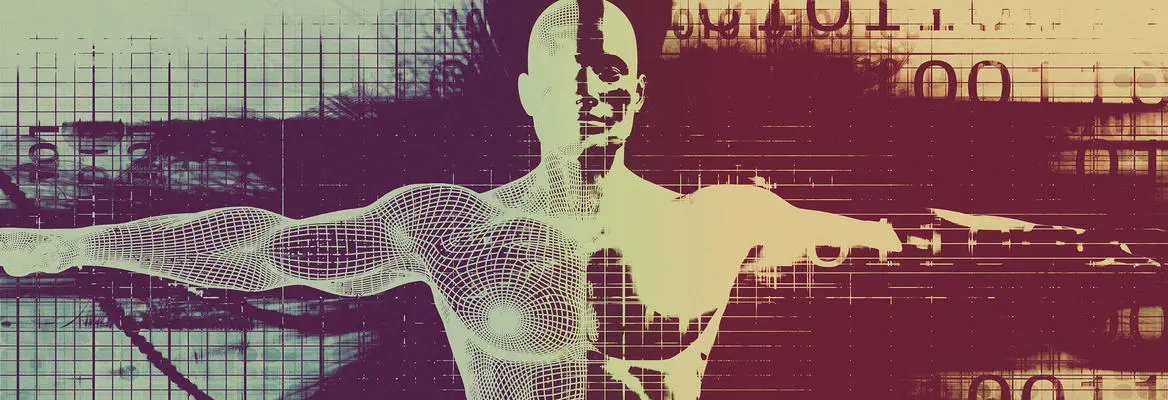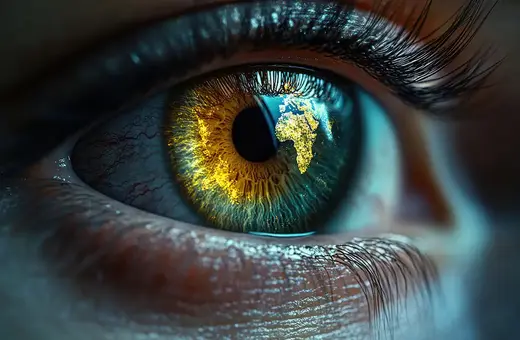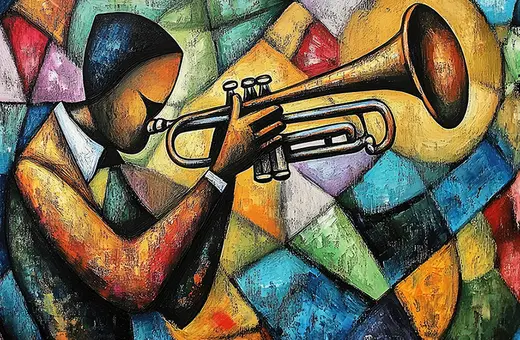We might think of science as a profoundly modern feature of human life, extending our understanding of the world around us far beyond what we can see and touch. But the essence of science - observation, experimentation, adaptation - has been around since the dawn of humanity.
In September 1991, a pair of German hikers in the Ötztal Alps, near the border between Austria and Italy, spotted something brown and human-shaped sticking out of a glacier. They immediately reported this to the authorities, thinking they had discovered the body of someone who had died while hiking. While they were correct about it being a dead body, they were a little off on the timing: what they found turned out to be the mummified corpse of a man who had died sometime before 3100 BCE.
The mummy, quickly nicknamed “Ötzi” after the mountains where he was found, was a middle-aged man from the Copper Age, who had been killed by an arrow in the back. His body was quickly frozen into the glacier, along with his clothes and other possessions, leaving it incredibly well preserved. Over the last 29 years, he has been the subject of intense scientific investigation by a wide range of techniques, down to DNA sequencing to determine the species of the hides used to make his clothing, and isotopic analysis to determine the source of the copper ore for his axe. From all these studies, scientists have been able to reconstruct his final days in considerable detail: he was killed in early summer, having been wounded in a fight a few days earlier. His last two meals consisted of ibex meat and grains, one eaten at a much lower altitude than where he was found, suggesting a vivid narrative of battle and pursuit.
The real essence of science, though, is a process for developing reliable information about the world and how it works.
There are, of course, a great many things that we’ll never know about the “Alpine Iceman,” including who killed him and why. One thing is absolutely clear from the body and his belongings, though: Ötzi came from a society with a history of doing science.
That may seem a surprising assertion, given the modern tendency to use “science” to refer to a body of facts, or a collection of recently developed institutions such as professional societies, research universities, and national labs. The real essence of science, though, is a process for developing reliable information about the world and how it works. This process has four steps:
Look at the world and identify some phenomenon that you want to understand better.
Think about it carefully, and develop a model for how and why it works.
Test your model by experiments and further observations.
Tell other people about your results, so they can make use of your findings as well.
This process of science is not a recent invention - it’s as old as the human species. As far back as we have evidence of humans, we see signs of people doing science. Ötzi’s belongings are full of evidence that his culture practiced science.
The most notable of Ötzi’s possessions was an axe with a head of nearly pure copper bound into a fork of a yew branch, held in place with tar and leather cords. The end result is a sophisticated and effective tool — tests with a modern replica show that Ötzi’s axe would have been very effective for felling trees.















Join the conversation